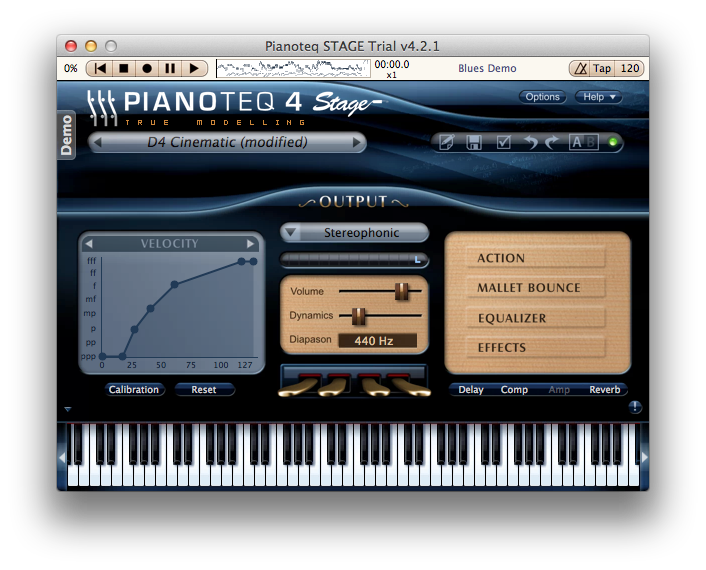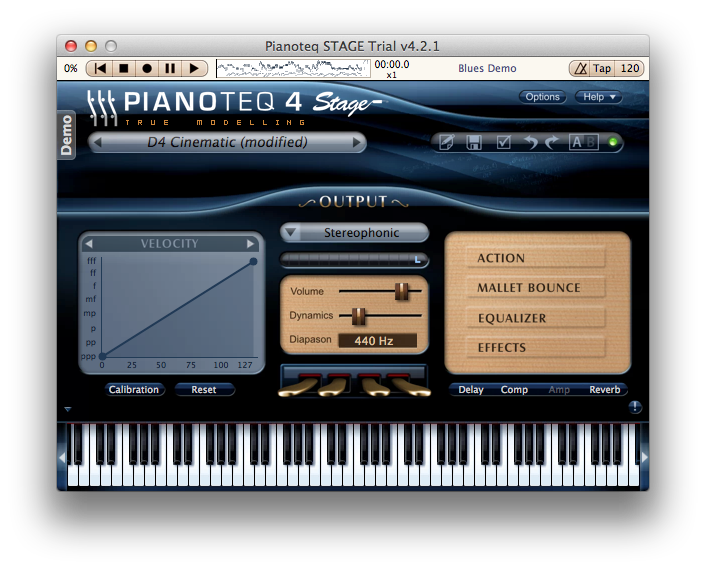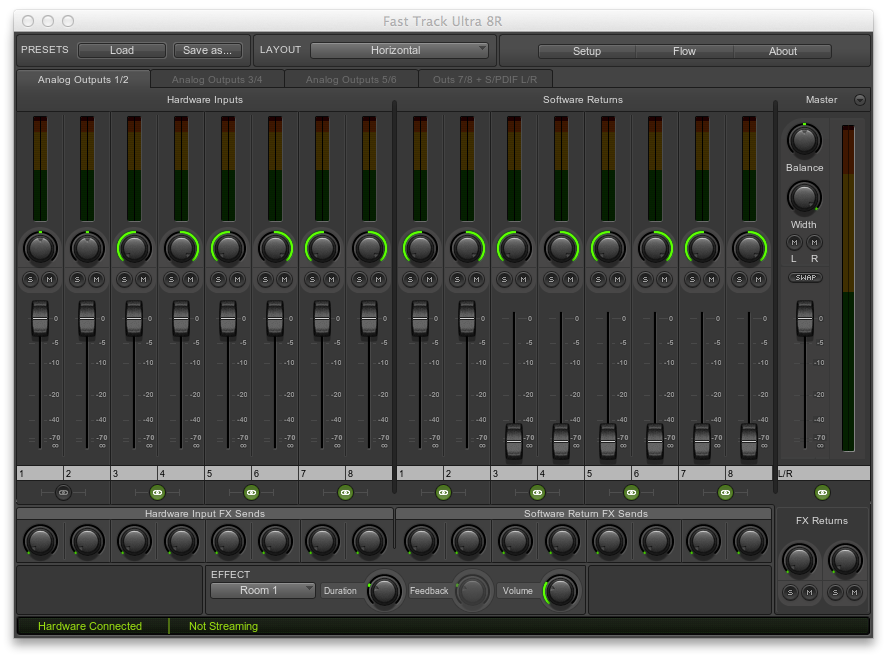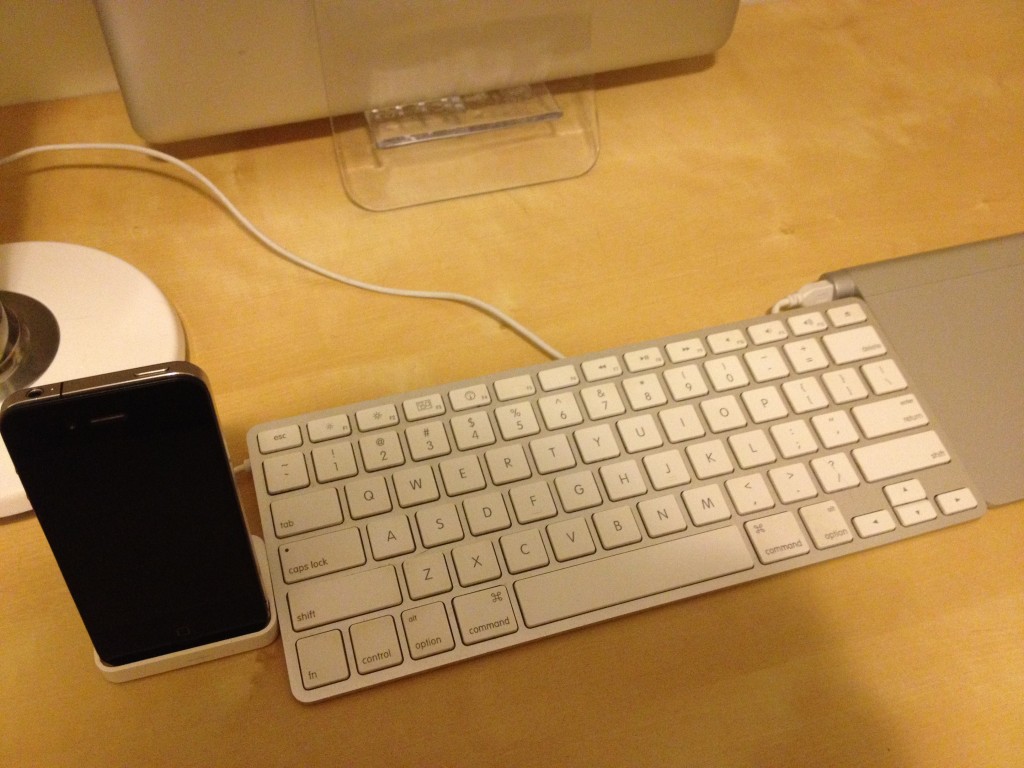iPhone Push Notifications with JavaPNS on Google App Engine
There have been several issues with getting JavaPNS working on Google App Engine. These included:
1) GAE didn’t support sockets or SSL
2) GAE doesn’t support signed jars, the BouncyCastle cryptography library is signed
3) GAE is transitioning to Java 7, and Java 7 has issues reading .p12 certificates
These instructions are for JavaPNS 2.2 and GAE 1.7.7, things may change on both fronts to make things either easier or harder.
1) GAE didn’t support sockets or SSL
With the arrival of GAE 1.7.7 sockets and SSL are now fully supported:
http://googleappengine.blogspot.com/2013/04/app-engine-177-released.html
2) GAE doesn’t support signed jars
Remove META-INF/MANIFEST.MF from the latest BouncyCastle jar or download my modified jar of BouncyCastle 1.48
3) Java 7 has issues reading .p12 certificates
a) Generate your .p12 certificate as per Apple’s instructions
b) Install Java 6 JDK
c) Use Java 6’s keytool to convert the .p12 to a .jks
keytool -importkeystore -destkeystore CERTIFICATES.jks -srckeystore CERTIFICATES.p12 -srcstoretype PKCS12
d) Configure JavaPNS to use the .jks format instead of .p12
boolean production = false;
String device = "DEVICE_ID";
String keystore = "CERTIFICATES.jks";
String password = "PASSWORD";
String message = "Hello JKS";
AppleNotificationServer jksServer = new AppleNotificationServerBasicImpl(keystore, password, ConnectionToAppleServer.KEYSTORE_TYPE_JKS, production);
PushNotificationPayload payload = PushNotificationPayload.alert(message);
PushNotificationManager pushManager = new PushNotificationManager();
pushManager.initializeConnection(jksServer);
List<PushedNotification> notifications = pushManager.sendNotifications(payload, Devices.asDevices(device));
Thanks to Palomino Labs Blog for the hints about Java and .p12 files:
http://blog.palominolabs.com/2011/10/18/java-2-way-tlsssl-client-certificates-and-pkcs12-vs-jks-keystores/




